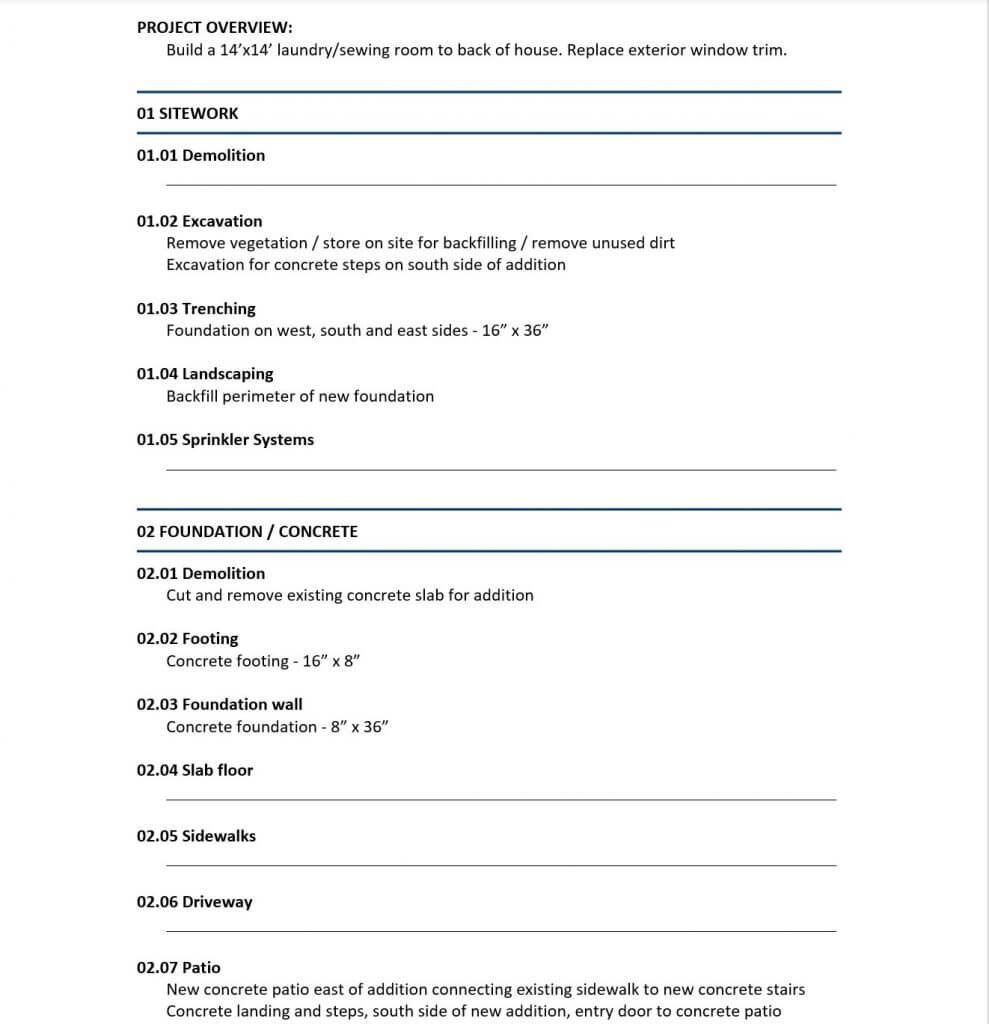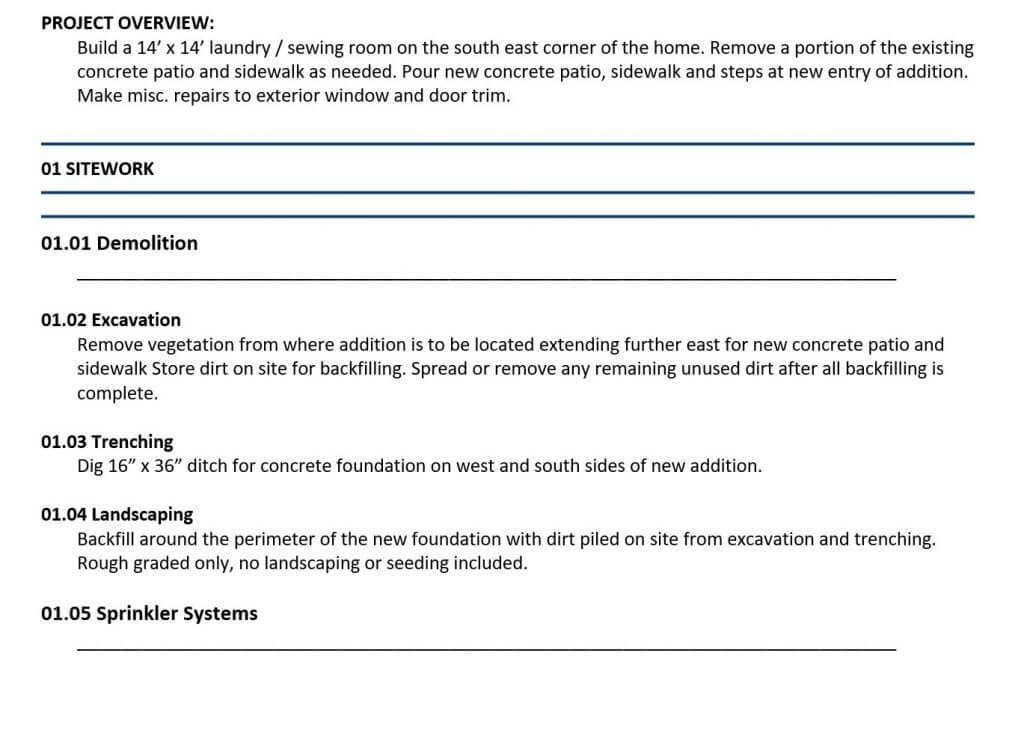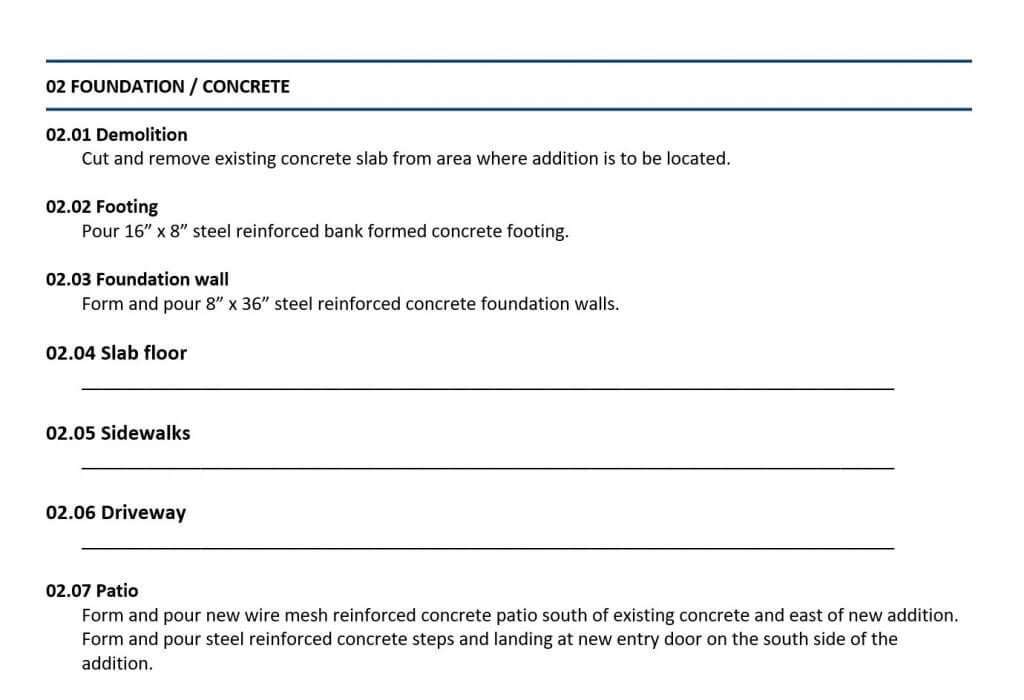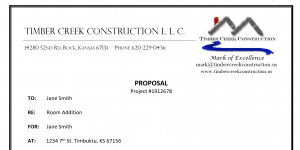Do You Think the Construction Business of Your Dreams is Worth it?
Last week we discussed how hard it is to keep a construction company from failing. If you have a construction company, this all-too-common outcome doesn’t have to be yours.
We’ve talked about how building a dream construction business starts with BEING AWARE of the issues construction companies face. The next thing is UNDERSTANDING these issues, which starts with asking questions and finding answers.
One of the biggest issues in construction is that most people in this industry are willing to do the hard physical work of building a building but will work even harder to avoid the work of building the business.

Building the business of your dreams is a choice.
Our lives are a string of choices, one after another, after another, after another, after another. These choices are the things that direct our paths through life and business.
We need to be aware of these choices and understand how they affect who we are. Understanding this leads us to gathering the information needed for building a business.

The INFORMATION that we consume determines who we will be.
Information comes from what we read, listen to, watch, and who we surround ourselves with. This is true for every aspect of our lives including our businesses.
Information is knowledge obtained through learning, investigating, experiences or study. It is the answers to questions that we ask. Knowing what’s needed to build a successful business begins with having the right information.

INSTRUCTION is an efficient way to consume information.
Instruction is advice or direction about how to do or use something. It happens when someone with more experience and knowledge teaches or trains others.
This lack of knowledge and understanding is why most people in construction don’t have business systems and tools. Sure, it can be learned without instruction over time, but why wait? Instruction is a more effective way to learn how to do or use things.
Don’t spend years by yourself in the “School of Hard Knocks” when is much quicker and less expensive to get instruction from someone who’s already graduated.

IMPLEMENTATION is making instruction and information real.
Implementation is the act of putting things learned into action or to use. This is where knowledge becomes reality. It’s where the rubber meets the road.
This is the scary part.
What if it doesn’t work right the first time? – It won’t.
What if I forget something? – You will.
What if it feels overwhelming? – It will.
Without implementing the things you’ve learned, you gain nothing.
This fear of failure is why most people choose to do nothing. They will just keep doing it the way they always have, knowing there’s a better way but just like the GEICO commercial, they’ll hide behind the chainsaws rather than getting in the running car.
Your construction business is worth the effort needed to gather the INFORMATION, get some INSTRUCTION, and IMPLEMENT what you learn.

If you would like some information about tools to help you build the construction business of your dreams, check out the 5-step Business BUILDing Process. Or if you need some tools for building that dream business, check out the Business BUILDing Toolbox. If you have any questions, you can schedule a free 30-minute consultation here!
























 STEP 1 – Gathering Information
STEP 1 – Gathering Information Next is putting prices to the project. This process involves two different Excel spreadsheets, the Worksheet and the Data Base. Based on the descriptions written on the Bid Sheet, content from the Data Base will be copied and pasted into the correlating cells on the Worksheet. After the pertinent information from the Data Base has been placed on the Worksheet it’s time to fill in the specific quantities.
Next is putting prices to the project. This process involves two different Excel spreadsheets, the Worksheet and the Data Base. Based on the descriptions written on the Bid Sheet, content from the Data Base will be copied and pasted into the correlating cells on the Worksheet. After the pertinent information from the Data Base has been placed on the Worksheet it’s time to fill in the specific quantities.